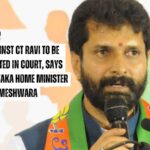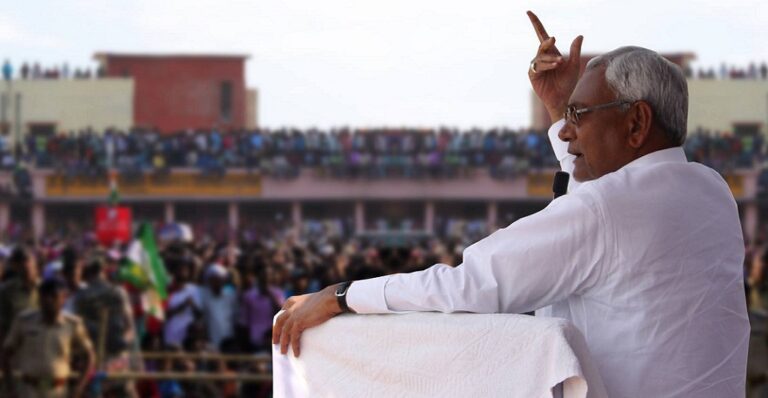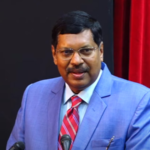The Bihar government on Monday released the findings of its caste survey, which was conducted to collect data on the caste and socio-economic status of the state’s population. The survey, which was initiated by the Nitish Kumar-led government in January this year, has been a topic of much debate and political implications.
According to the survey, the state’s total population stood at a little over 13.07 crore. The Other Backward Classes (OBCs) and Extremely Backward Classes (EBCs) together accounted for around 63 per cent of the total population, with the EBCs forming the largest social segment at 36 per cent, followed by the OBCs at 27.13 per cent. The Scheduled Castes (SCs) constituted slightly more than 19 per cent, and the Scheduled Tribes (STs) made up 1.68 per cent.
The Upper Castes, or Savarnas, represented 15.52 per cent of the population.
The survey also revealed that Yadavs had the largest share of the total population at 14.27 per cent, followed by Bhumihars at 2.86 per cent, Brahmins at 3.66 per cent, Kurmis at 2.87 per cent, Musahars at 3 per cent, and others.
The survey also collected data on the educational, occupational, and income levels of different castes. The survey was conducted in two phases, with the first phase focusing on gathering basic demographic data and the second phase focusing on gathering data related to people’s caste and socio-economic conditions.
The state government completed the exercise on August 13 this year and spent about Rs 500 crore from its contingency fund for the exercise. The survey was aimed at ensuring all-round development and participation of all sections of the state, as claimed by the Nitish Kumar government.
However, the exercise also faced legal challenges and opposition from certain political parties, especially the BJP, which is an ally of Nitish Kumar in Bihar. The BJP leadership accused the Nitish Kumar government of using the caste survey as a political tool to appease its vote bank and create divisions in society.
The Supreme Court did not stop the exercise, but asked the Centre to clarify its stand on conducting a caste-based census in the country.
The release of the caste survey data has sparked reactions from various political leaders and social groups in Bihar. Deputy Chief Minister Tejasvi Yadav, who belongs to the RJD party and is a prominent leader of the Yadav community, hailed the caste survey as a historic moment and said that it would pave the way for social and economic justice in Bihar. He also criticised the BJP for trying to hinder the caste survey through various means.
On the other hand, BJP leader and Union Minister Giriraj Singh termed the caste survey as an eyewash and said that it did not reflect the ground reality of Bihar.
He said that Nitish Kumar and Lalu Yadav had ruled Bihar for decades but did not develop the state or uplift the backward classes. He also questioned the reliability and accuracy of the caste survey data.
The caste survey data has also raised questions about its implications for reservation policies and political representation in Bihar. Some experts have suggested that the caste survey data could be used to revise or rationalise the existing reservation quotas for different castes in education and employment sectors.
Others have argued that the caste survey data could influence the electoral dynamics and alliances in Bihar, as different castes may demand more seats or power-sharing arrangements based on their population share. The caste survey data has thus brought to light Bihar’s social diversity and complexity, as well as its challenges and opportunities for development and governance.
The data may also have a bearing on future policy decisions and political strategies in Bihar, as well as in other states where similar demands for caste surveys have been raised.









